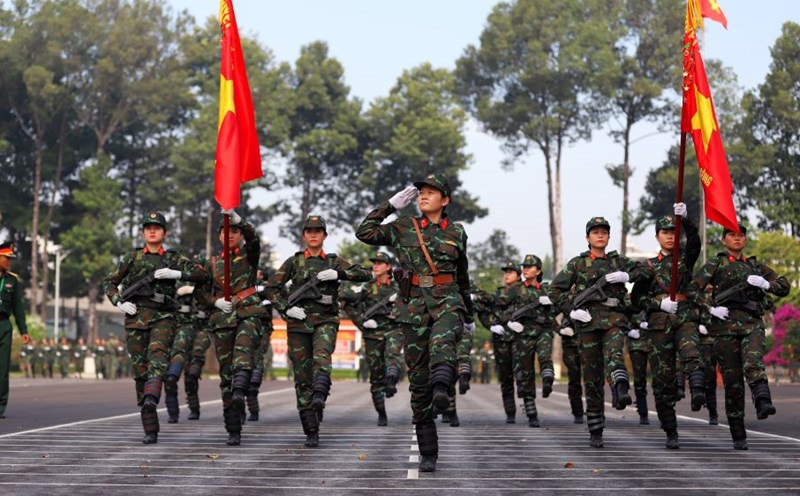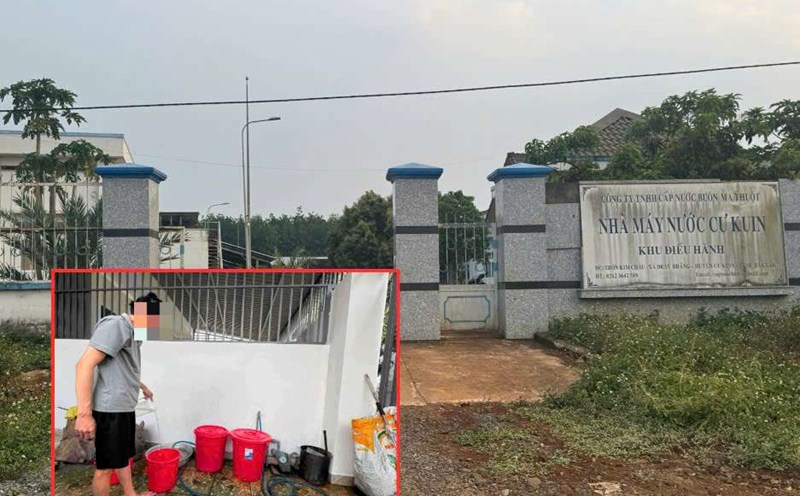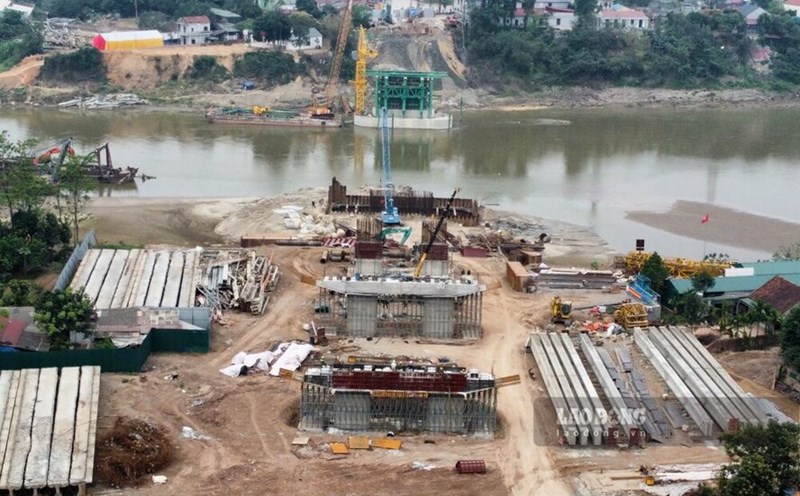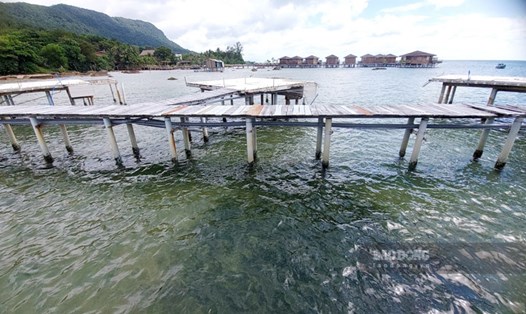Mr. Lam Hong Tuan - Deputy Director of the Phu My Species - habitats Conservation Management Board (Giang Thanh District, Kien Giang) said that from March 11 to now, about 54 red-crowned cranes have been recorded flying in search of food and even staying overnight. This is a very good thing because red-crowned crane is a very rare species in the Red Book that is preserved, the number of rest is currently very small but they fly here, proving that this place is considered a safe home and has a lot of food for crane.
Mr. Tuan said that the reserve has a unique ecosystem, especially in the core area, where people have discovered red-crowned crane returning earlier than every year. From around February 2025, the herd of red-crowned crane has returned to fly, in previous years the crane reached the month of March.
Red-crowned crane also often search the food stations first and will fly back to eat after they feel safe and have a guaranteed food source.
The favorite food of red-crowned cranes is the bulbs, in addition to catching fish, snails, mice... in the fields, so they land in the rice fields of the people to prepare for harvest. The reserve is flooded, alum-contaminated, and rich in organic matter, so the needle rolls have developed into many fields interspersed with the cajuput and broad-bridged grass ecosystem suitable for crab.
In 2017 - 2018, the reserve recorded 108 red-crowned cranes flying back, in 2019 about 100 cranes returned. In 2020 - 2022, due to encroachment on the reserve, the ecosystem was unbalanced and unstable, so the cranes did not return, sometimes they saw cranes flying over but did not land to eat. After that, the locality completely handled the people's encroachment on the reserve and built a dike to protect the cajuput - sedge - barbage ecosystem, the core area did not allow people to enter, so red-headed cranes returned many times.
The crab lives in nature for about 40 years, reaching 7 - 8kg/crab, about 1.7m high. The crab is a smart animal that feels its safety.
Phu My Species - habitats Conservation Area is about 2,700 hectares wide, of which the core area is 1,066 hectares, the buffer zone is 1,644 hectares. Currently, Phu My Reserve has been invested in by the locality, digging a large dike system to protect the ecosystem and limiting local people from exploiting sedge and raising buffaloes, causing environmental disruption.
According to Mr. Lam Hong Tuan, currently, the resources of the reserve management board are still limited but the management board is very determined, patrolling and watching towers to observe strangers entering the reserve in a timely manner. For the core area, it is strictly protected because red-crowned crane return to make a lot of food. The unit has propagated to people not to cut sedge or release buffaloes... to protect the ecosystem and the stable and safe natural environment.











